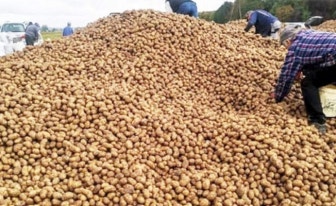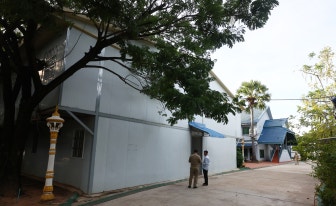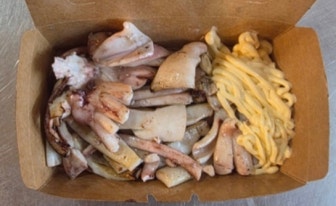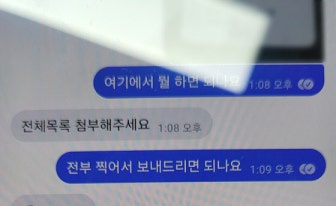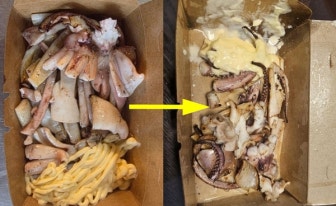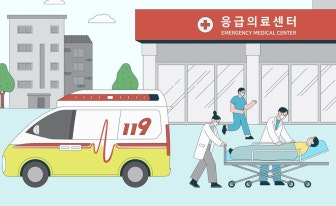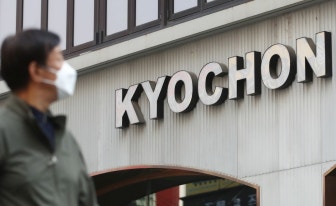A growing number of tourists in Korea are seeking out foodie experiences — but the trend has shifted to what locals eat on a daily basis, such as gimbap (seaweed rice rolls) and convenience store snacks.
The finding comes from a recent study by the Korea Tourism Organization (KTO), released on Monday, which analyzed credit card spending data from foreign visitors between 2018 and July 2025.
Citing a separate 2024 survey of prospective travelers to Korea, the most popular activity that tourists hoped to do in Korea was a restaurant tour, chosen by 15.7 percent, according to the KTO.
Lately, however, the spotlight has shifted to everyday Korean food like ramyeon, gimbap, ice cream and “croffles” — croissant-waffle hybrids — marking a notable shift from traditional cuisine like kimchi, bulgogi and bibimbap.
Convenience stores recorded approximately 13 million credit card transactions from January to July this year, with the KTO calling it the highest among all K-food related categories.
Other local-friendly menus that saw a significant increase in popularity are noodles and mandu (dumplings), which saw a 55.2 percent year-on-year growth in spending in July. Gamjatang, or pork backbone stew, recorded a 44 percent increase.
Tteok (rice cakes) and hangwa (traditional Korean confectionery) consumption skyrocketed 76.9 percent year-on-year. The KTO attributed the boost to the honey rice cake cereal mukbang trend on social media.
Ice cream products posted the highest compound annual growth rate in credit card spending, or average yearly growth, at 35 percent. Following that list were convenience store snacks at 34 percent and waffles and croffles at 25.5 percent.
Interestingly, Western food such as hamburgers, bread and coffee proved to be popular as well. The largest number of transactions from January to July this year were at cafes, accounting for 8.9 million, followed by bakeries at 3 million and hamburgers at 2.3 million. The KTO explained that local limited-edition menus were the reason for the high demand, like McDonald’s Iksan Sweet Potato Mozzarella Burger made from sweet potatoes harvested in Iksan, North Jeolla.
“The recent trends across the globe are turning the ordinary aspects of Korean life into fresh experiences for foreign tourists, which is increasingly feeding back into Korean consumer culture as well,” the KTO said in a press release.
![Foreign tourists look at Korean food menus in Myeongdong, central Seoul, on Oct. 20. [YONHAP]](https://imgnews.pstatic.net/image/640/2025/10/20/0000078519_001_20251020185913200.jpg?type=w860)

















